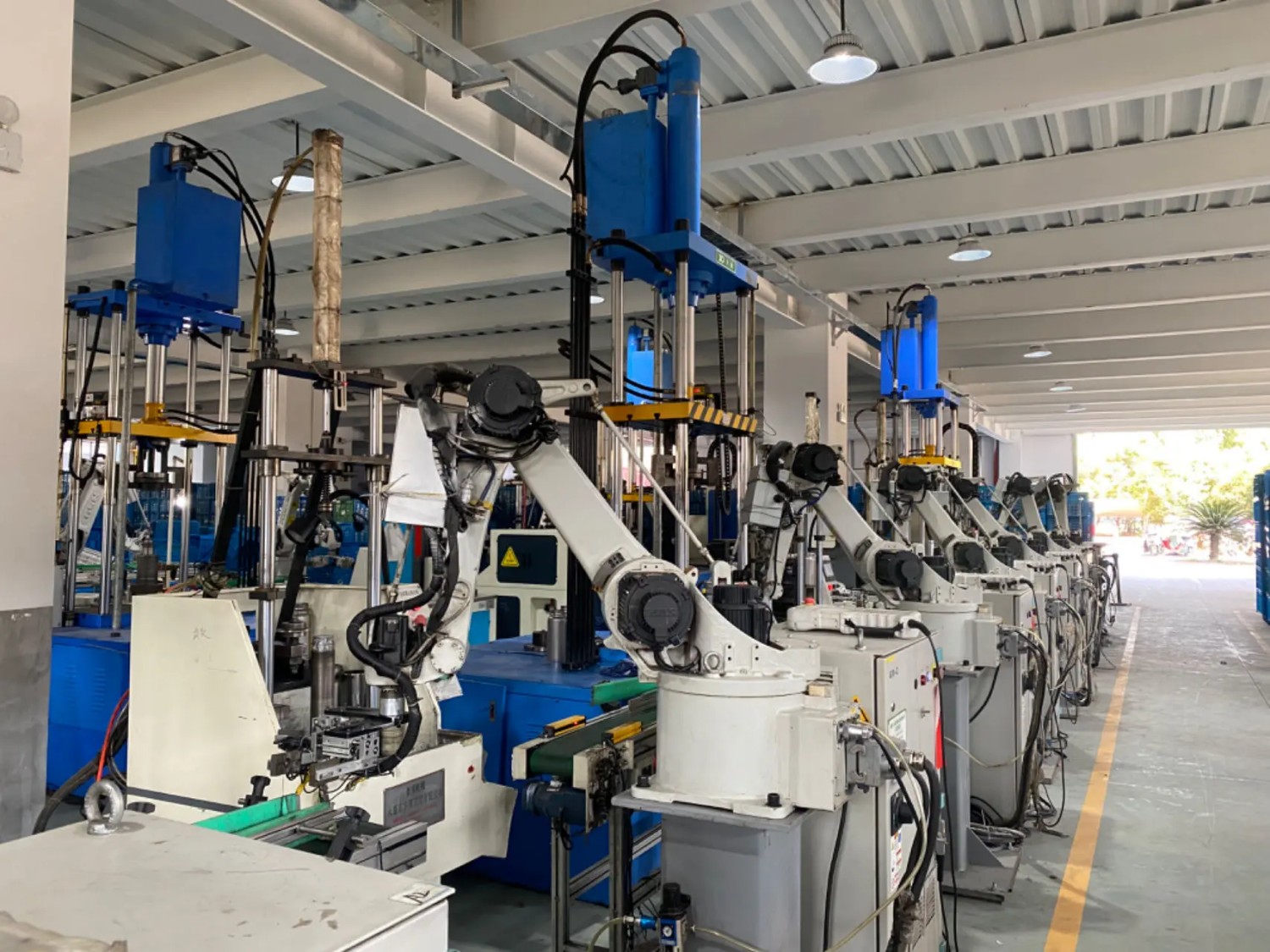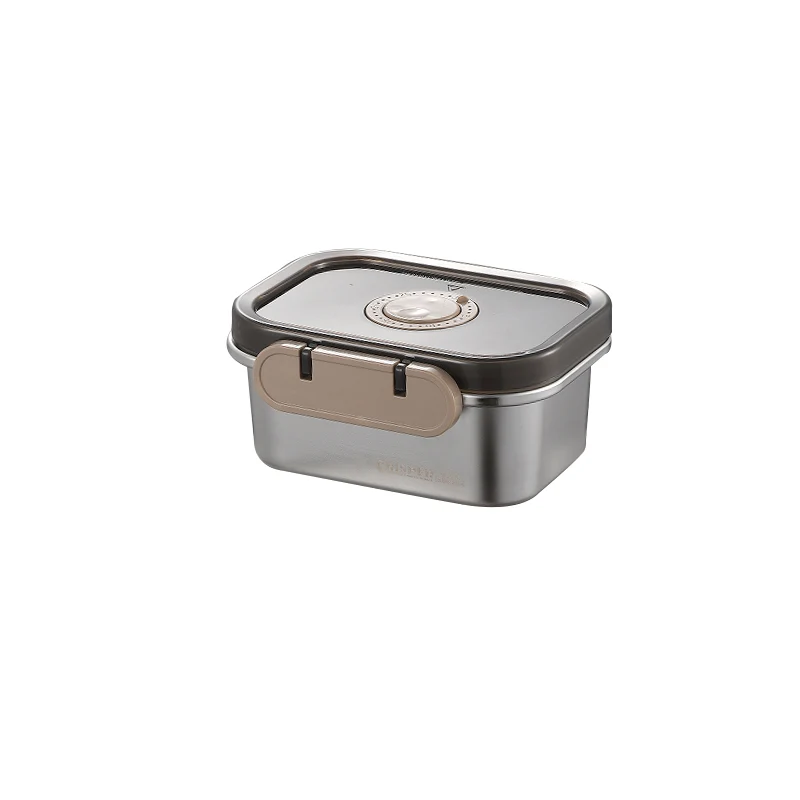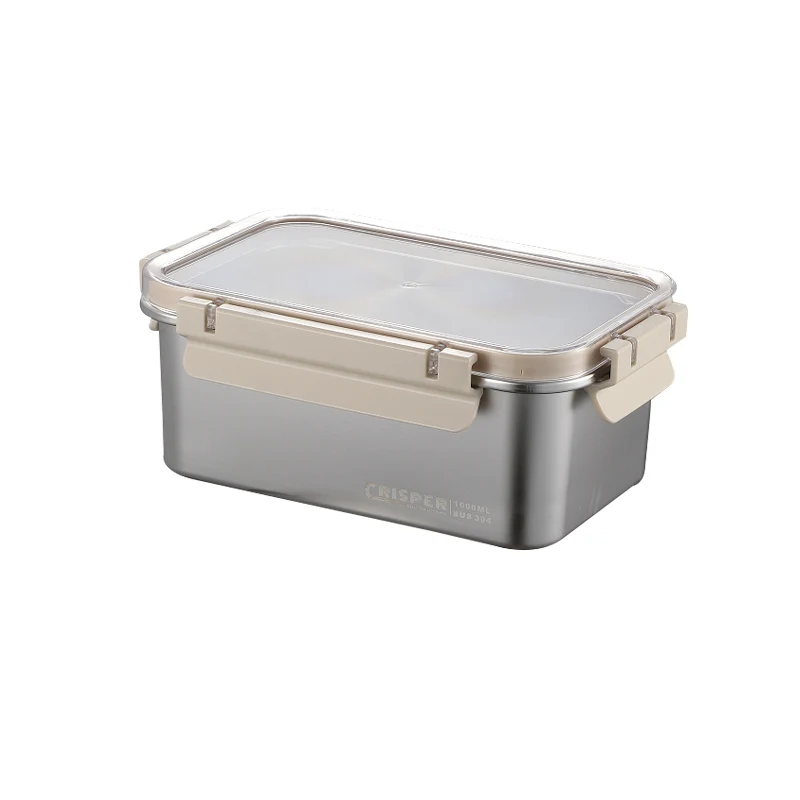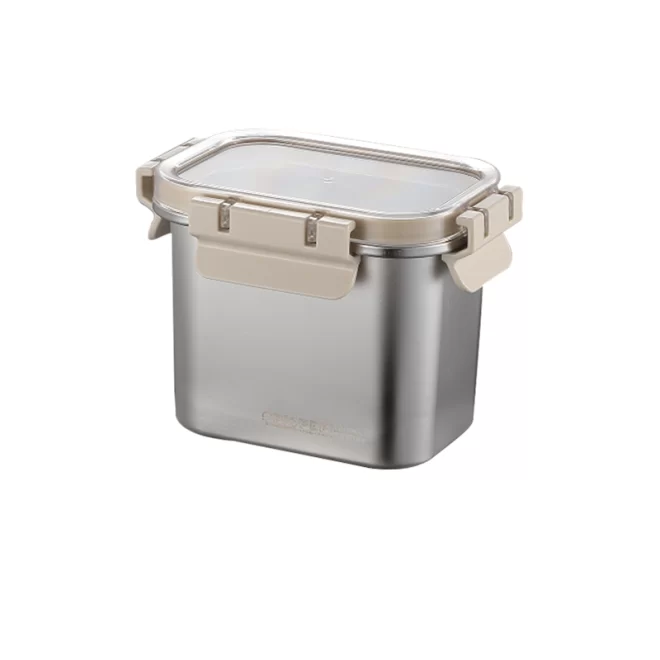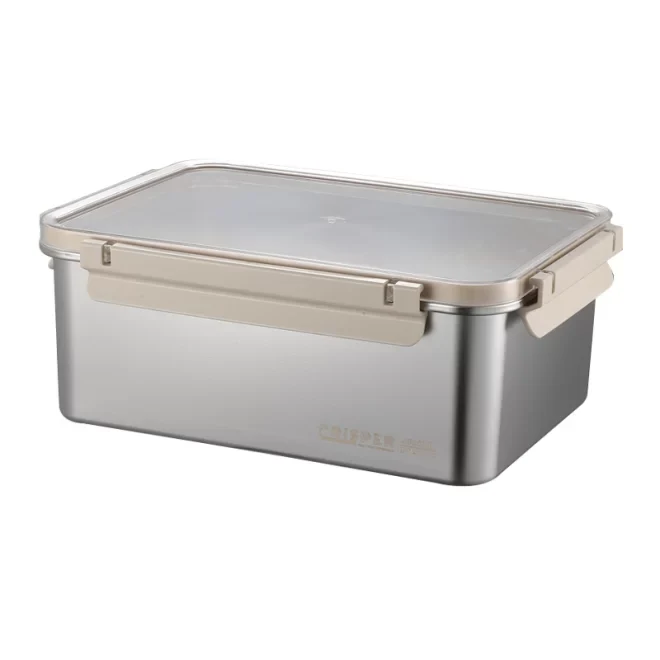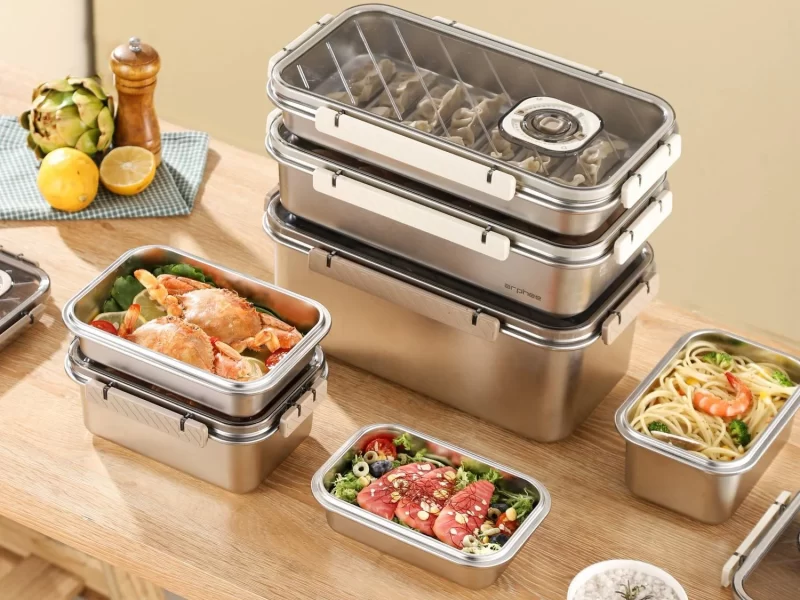
O mercado de recipientes para alimentos em aço inoxidável está a crescer rapidamente a uma taxa média anual de 18%. Já não é apenas a escolha dos defensores do ambiente e dos entusiastas da saúde, mas uma necessidade diária para cada vez mais consumidores.
Os recipientes para alimentos em aço inoxidável estão gradualmente a substituir as tradicionais caixas de plástico para conservação de alimentos frescos e a tornar-se a principal escolha no domínio da conservação de alimentos devido à sua durabilidade, proteção ambiental e segurança.
Com base em diferentes cenários de utilização e diferenças nas especificações de capacidade, analisarei sistematicamente a aplicação de recipientes para alimentos em aço inoxidável para si.
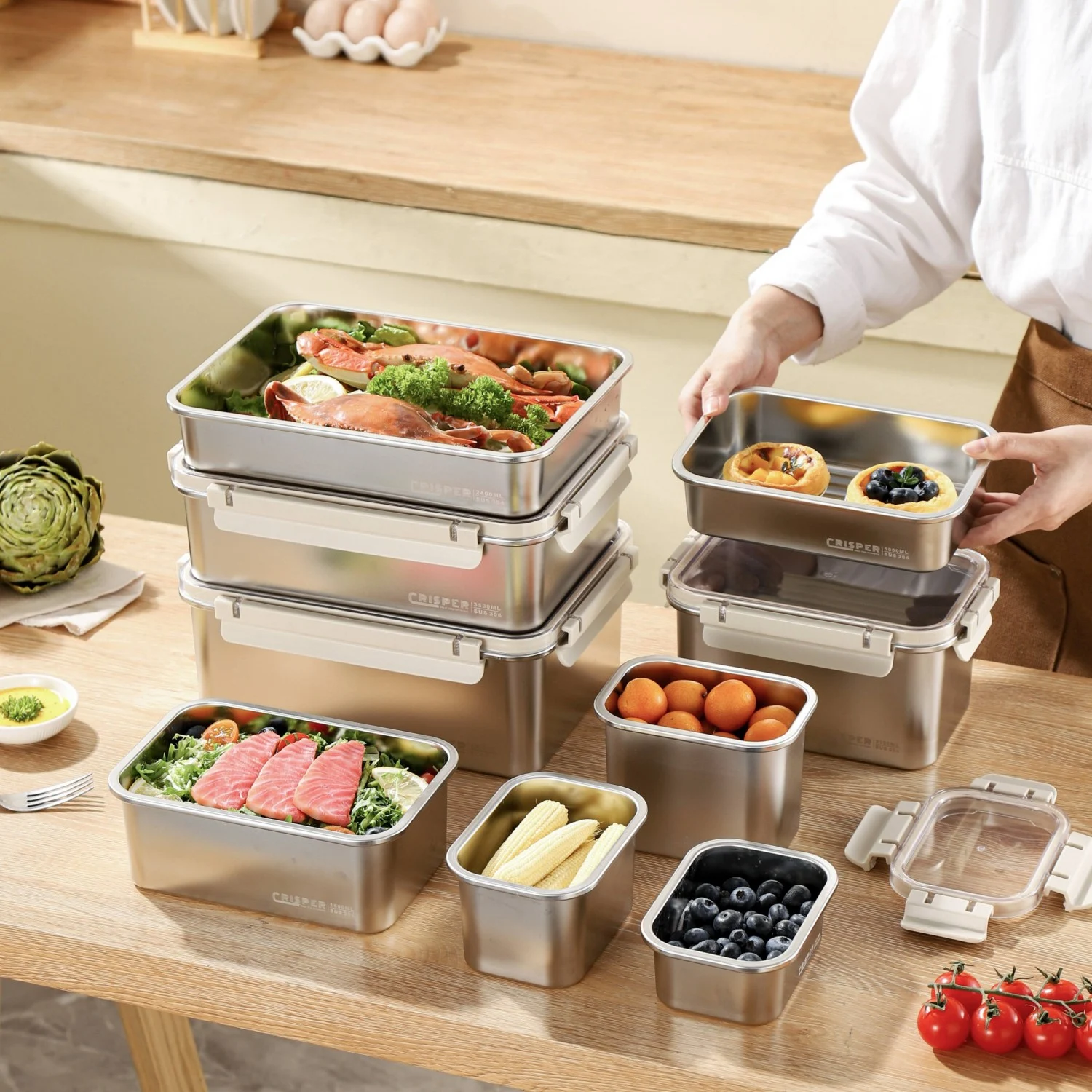
Deslocações diárias e cenários de trabalho
Recipiente para alimentos em aço inoxidável 0.3L-0.5L
Para os trabalhadores de escritório, os micro recipientes para alimentos em aço inoxidável de 0,5-0,5L podem ser chamados de "bibliotecas móveis para snacks". As suas pequenas dimensões podem ser facilmente colocadas em sacos de viagem e utilizadas para embalar frutos secos diários para satisfazer as necessidades energéticas de 3-5 horas de trabalho no escritório.
Também pode levar molho para salada ou vinagrete caseiro com baixo teor de gordura para evitar o problema de absorção de gordura causado pelos recipientes de plástico.
Vale a pena mencionar que este tipo de micro recipiente também tem um bom desempenho em cenários médicos, e a sua vedação pode garantir que os comprimidos e as cápsulas permaneçam secos em ambientes húmidos.
Recipiente para alimentos em aço inoxidável padrão de 1-1,5L
A lancheira normalizada de 1-1,5 L foi concebida para os profissionais que trabalham. Pode controlar cientificamente a proporção de alimentos. Alguns recipientes para alimentos em aço inoxidável com etiquetas de segurança para micro-ondas podem ser aquecidos diretamente no micro-ondas, resolvendo o problema do almoço ser difícil de aquecer no escritório.
Gestão alimentar do agregado familiar
Recipiente médio de armazenamento de alimentos em aço inoxidável 2-3L
No cenário doméstico, os recipientes de tamanho médio de 2-3L são os "polivalentes" para a conservação no frigorífico.
A sua capacidade é ideal para as necessidades de pré-processamento de alimentos frescos de uma família de 2-3 pessoas: ao marinar 500 g de carne, o material em aço inoxidável pode evitar a corrosão provocada por temperos ácidos.
Ao armazenar produtos secos, com dessecante de qualidade alimentar, a humidade no recipiente pode ser controlada de forma estável abaixo de 30%; quando utilizado no congelador, a fragilidade anti-frio do metal é significativamente melhor do que a do plástico, evitando fissuras no recipiente causadas por congelamento e descongelamento repetidos.
Recipiente para alimentos em aço inoxidável de grande capacidade 4-5L
Para famílias numerosas ou entusiastas da cozinha, os recipientes de grande capacidade de 4-5L desempenham o papel de "centro de cozinha". Quando a massa está a fermentar, a superfície lisa do aço inoxidável pode inibir o crescimento de bactérias e a eficiência da fermentação é aumentada em 15% em comparação com os recipientes de plástico.
Ao armazenar frango inteiro ou carne de porco refogada, as suas propriedades anti-manchas resolvem o problema de as caixas de plástico serem penetradas pelos molhos. Estes contentores também podem ser utilizados como "estações de transferência de preparação de alimentos", desde a compra no supermercado até à pré-processamento na cozinha, para evitar a contaminação secundária dos ingredientes ao longo do processo.
Cena exterior
A comodidade e a conservação dos alimentos são as prioridades da ação ao ar livre. Os recipientes para alimentos em aço inoxidável tornaram-se os favoritos dos entusiastas das actividades ao ar livre, uma vez que preservam melhor o calor do que outros materiais e são duradouros. Os recipientes com capacidade de 1,5L-3L revelam-se óptimos para actividades como o montanhismo e o campismo, uma vez que podem durar vários dias ao ar livre sem ocupar demasiado espaço na mochila.
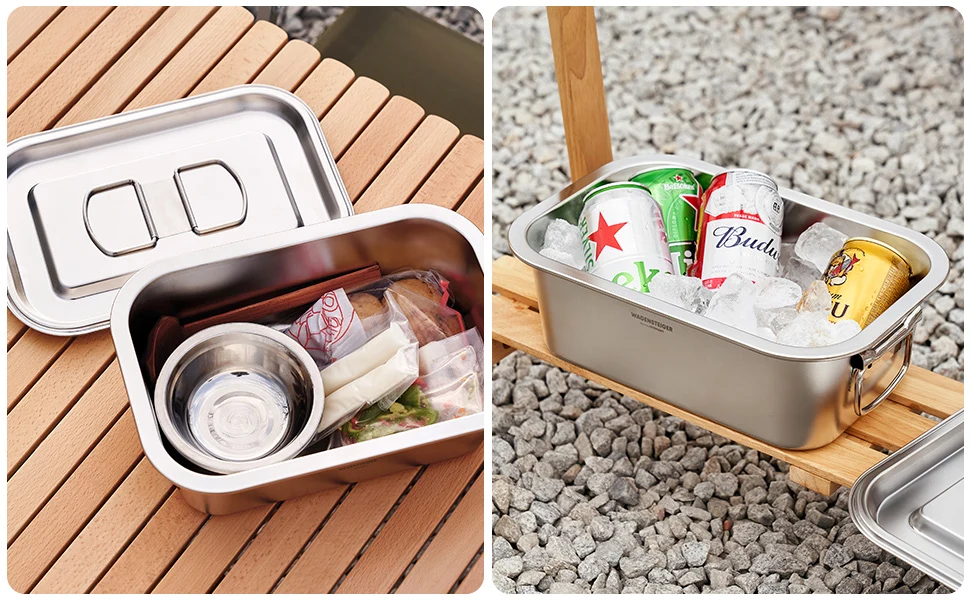
Diferenças de utilização interculturais
Procura nos mercados europeu e americano
As famílias europeias e americanas preferem recipientes de grande capacidade, de 3L ou mais, porque são adequados para os seus hábitos semanais de compra de alimentos em grande escala, permitindo-lhes armazenar artigos a granel e ingredientes para a preparação de refeições. O tamanho generoso também facilita o armazenamento de sobras, reduz o desperdício alimentar e mantém os alimentos frescos durante mais tempo.
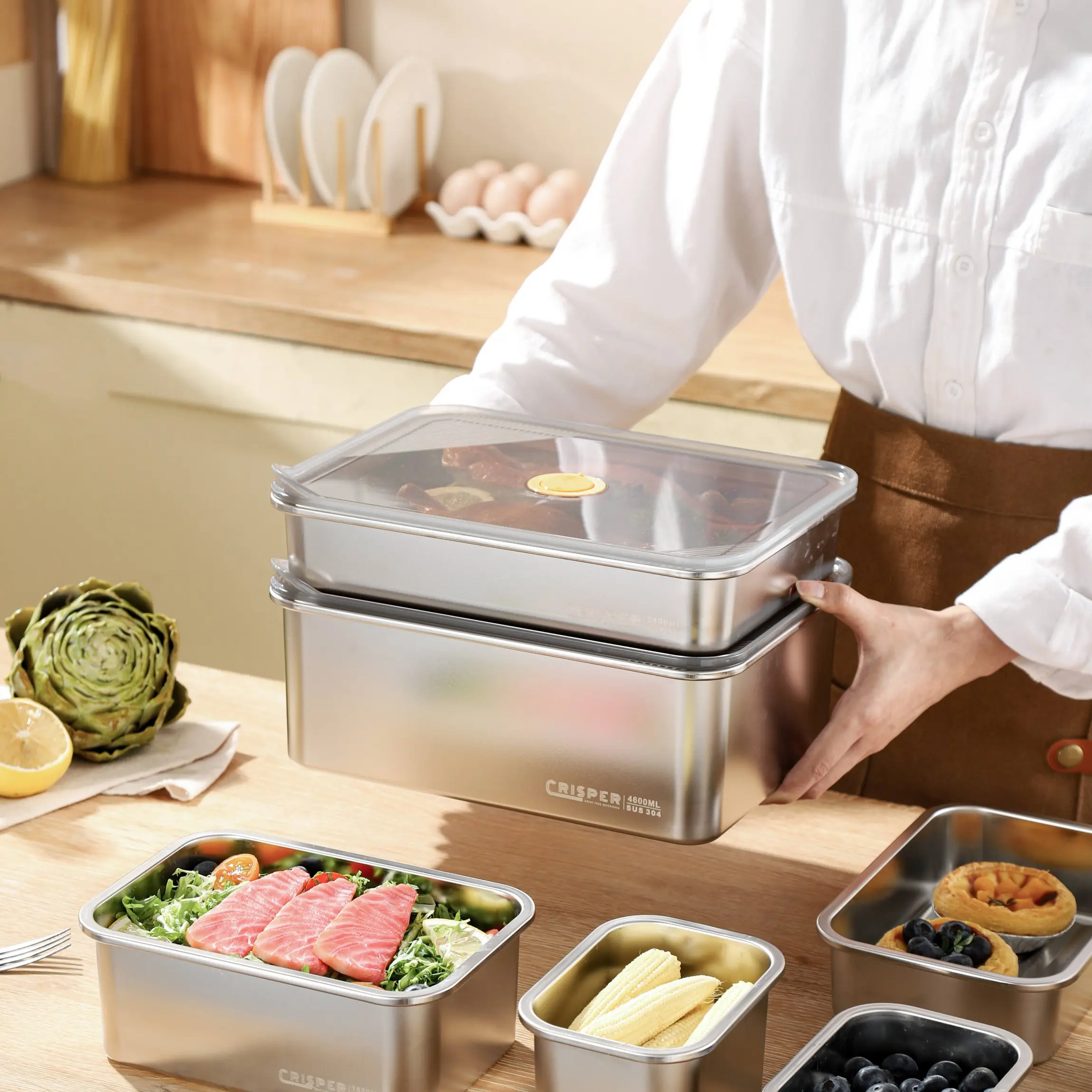
Mercado japonês e coreano
O mercado asiático prefere o modelo para uma pessoa de 0,5 a 1,2 litros. A sua caraterística de poupança de espaço torna-o popular em cidades de elevada densidade populacional, como Tóquio e Hong Kong. O design com uma ranhura para talheres portátil é a primeira escolha dos consumidores japoneses e coreanos.
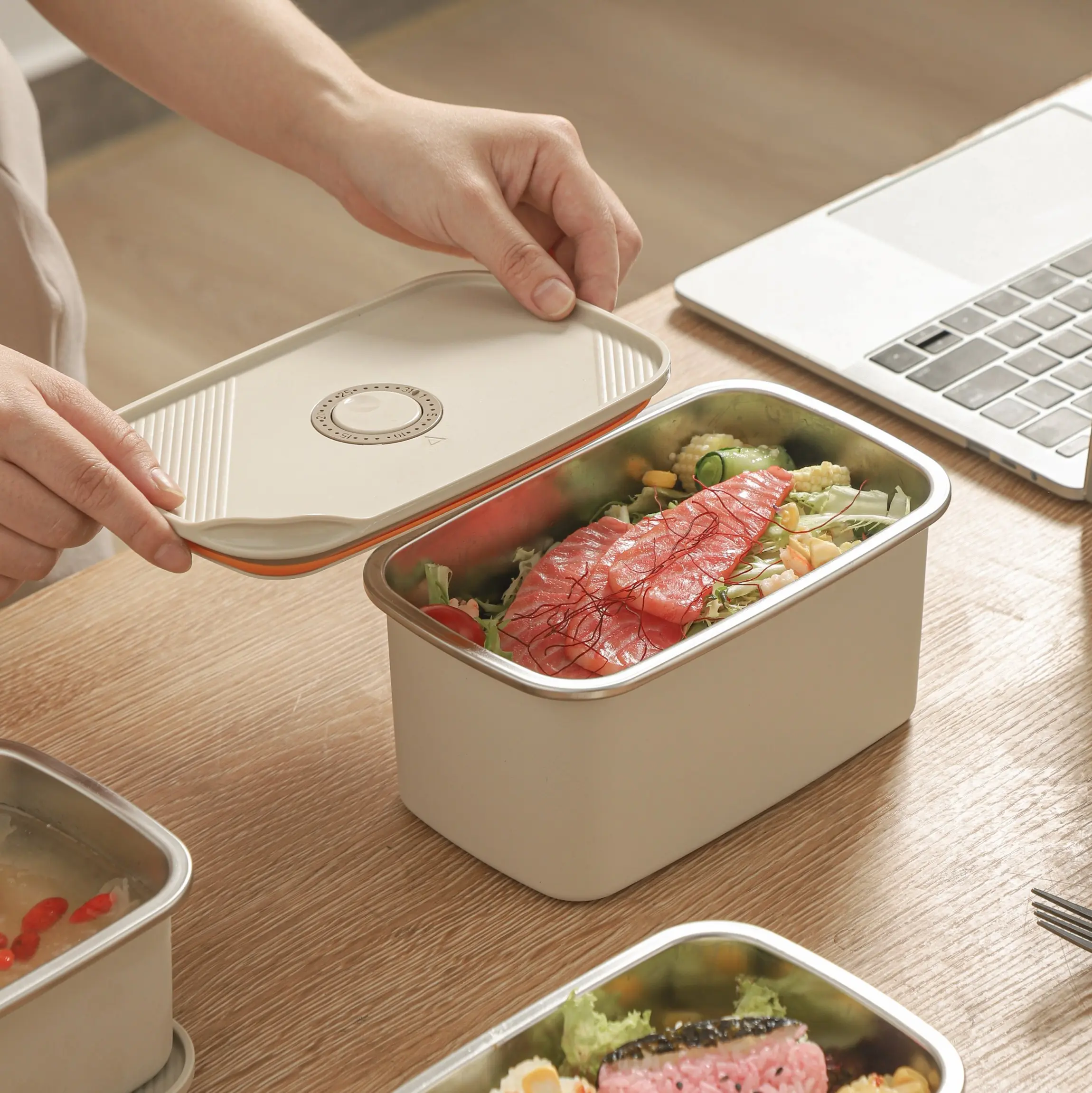
Validação de dados
Testes laboratoriais mostram que os recipientes de aço inoxidável num ambiente refrigerado a 4°C:
A retenção de vitamina C é 27% superior à dos recipientes de plástico (fatias de morango armazenadas durante 24 horas)
O número total de colónias é reduzido em 83% (experiência comparativa de carne cozinhada armazenada durante 48 horas)
A quantidade de óleo adsorvido é apenas 1/12 da dos recipientes de plástico.
Sobre a MOYA
Fundada em 1993, a MOYA é uma empresa profissional fabricante de recipientes para alimentos em aço inoxidávelA nossa empresa é a maior empresa do mundo de embalagens de aço inoxidável para alimentos. Através de um design inovador e de uma excelente tecnologia de fabrico, fornecemos produtos de armazenamento de alimentos de alta qualidade a consumidores de diferentes países e regiões.
Fornecemos uma variedade de recipientes para alimentos em aço inoxidável por atacadoA empresa, que tem como objetivo criar um mundo alimentar mais ecológico e saudável, para que todos possam desfrutar de uma experiência de conservação de alimentos conveniente, segura e duradoura.
